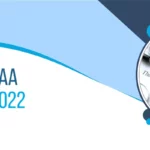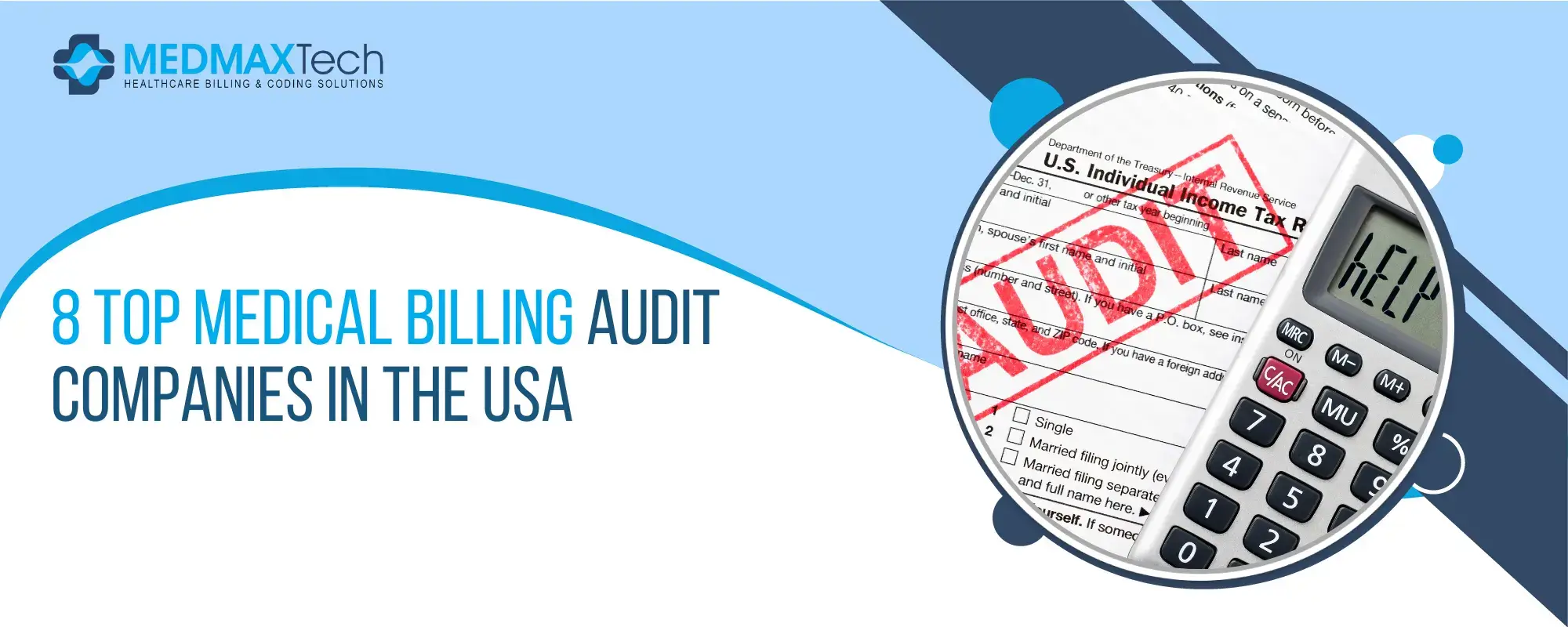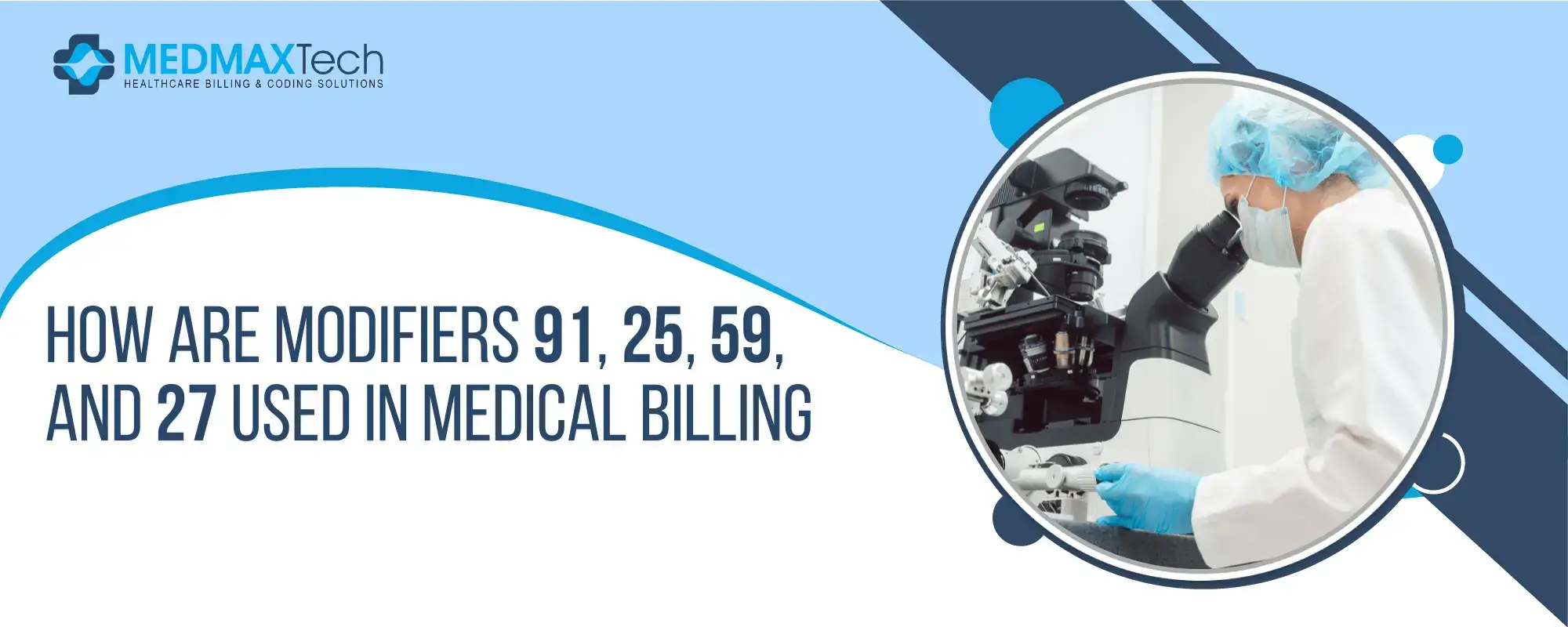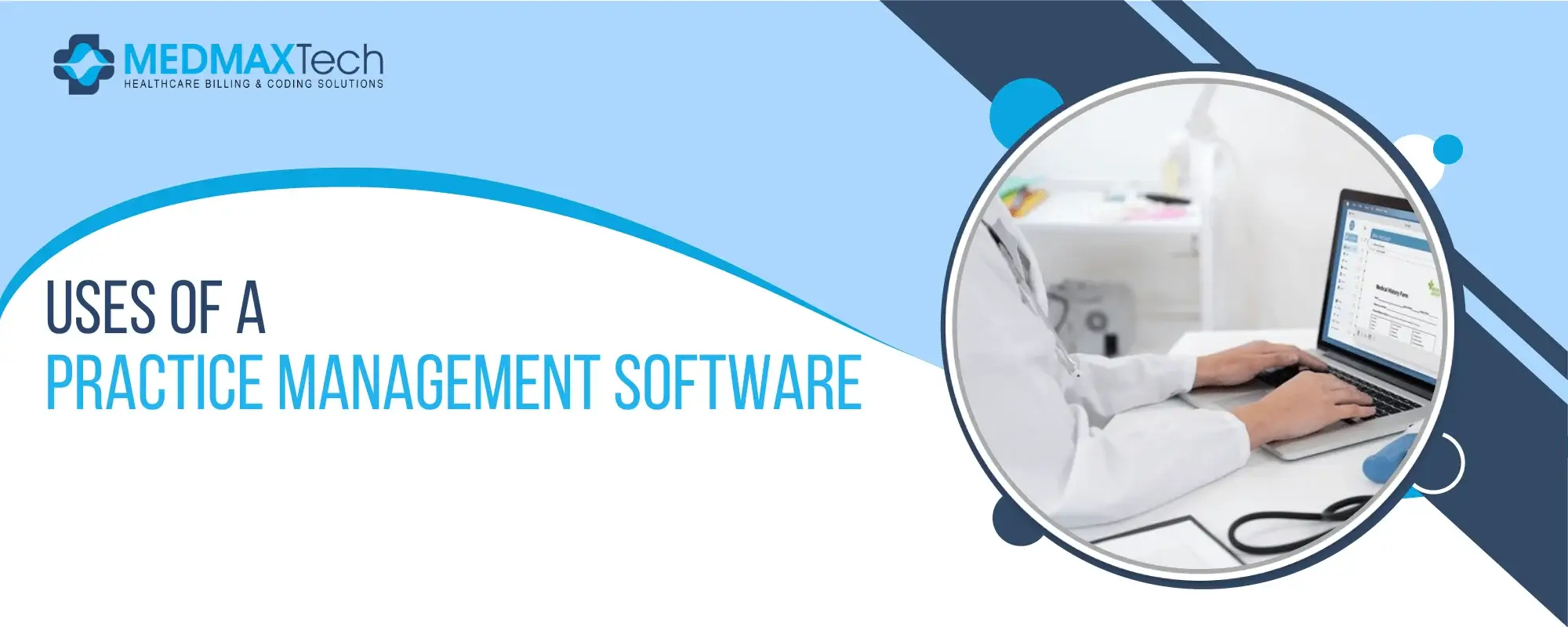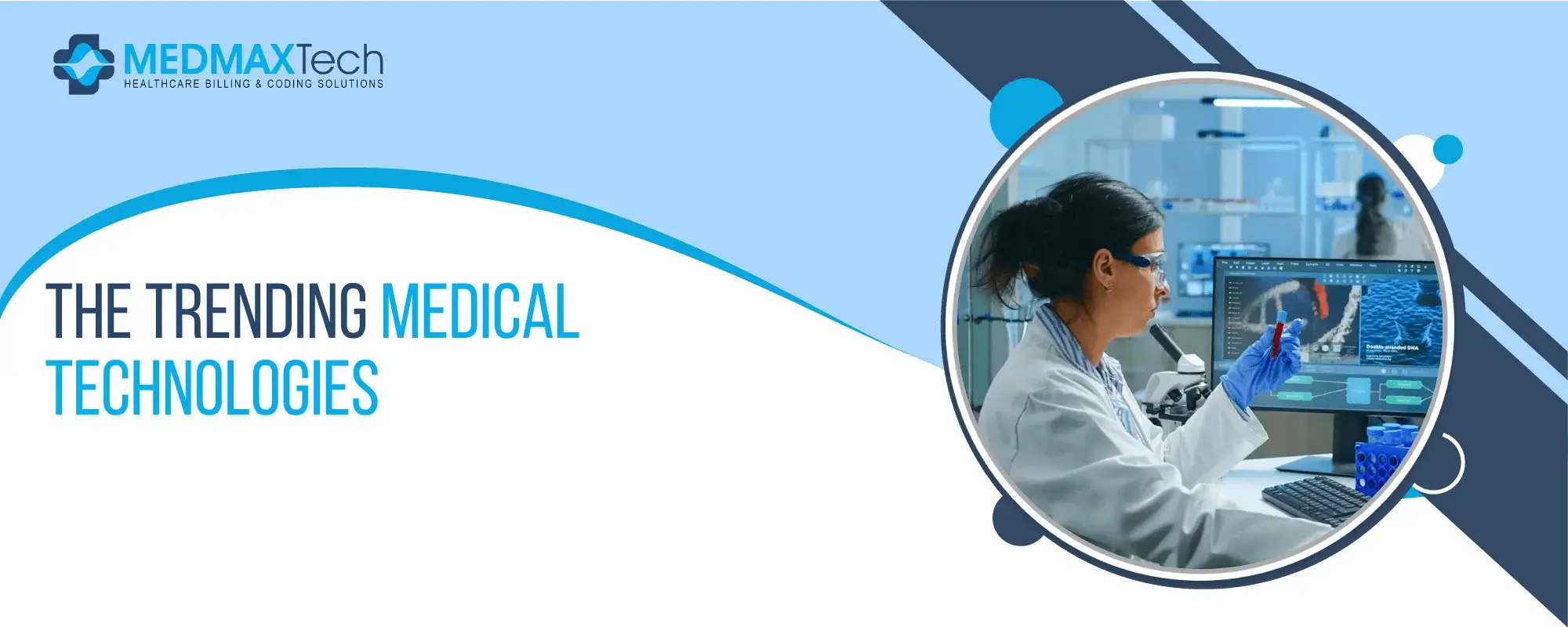
The Trending Medical Technologies
Medical technologies have come in an extended manner because of the invention of eyeglasses and the stethoscope. The broader availability of mobile internet, the growth of a more prosperous middle class, and a growing old international population all use change within the healthcare enterprise. The related technology is converting quicker than ever.
According to a profile of the healthcare industry through the World Economic Forum, more than one billion people will need reskilling in clinical technology through 2030. In 2020 and 2021, the Covid-19 pandemic pressured healthcare into the future, and, as a result, numerous promising clinical technologies were examined on a considerable scale. In 2022, the query is how those technologies may be used collectively in a post-pandemic world.
A Look Back At The Trending Medical Technologies For 2021
1. ADVANCED TELEMEDICINE:
Telemedicine took an outstanding bounce ahead throughout the Covid-19 pandemic. Forrester, an analytics firm, the country turned into the set to finish over one billion digital care visits through 12 months.
Forced into functionality, many of telehealth’s regulatory boundaries were removed, and healthcare businesses now have almost 12 months’ worth of facts on how to compare and enhance telehealth services. In 2021, many healthcare businesses may specialize in combining telehealth services with current physical ones. Virtual visits will remain used to boost admission to number one care and pressing care, in addition to enhancing collaboration with clinics, lengthy-time period care facilities, dialysis centers, and intellectual fitness services. All of this, however, hinges upon an extra everlasting lifting of regulatory barriers: The American Medical Association, and others, are urging Congress to behave fast.
2. NEW METHODS OF DRUG DEVELOPMENT:
The improvement of more than one secure and robust Covid-19 vaccine is much less than 12 months and can be remembered as one of the more clinical accomplishments in human records. The technique turned into speed alongside not handiest through regulatory fast-tracking; additionally, through improvements within the methods clinical trials are conducted: digital medical practices, held ordinarily online, eased the burden of participation.
Combined with a spirit of collaboration as opposed to opposition among pharmaceutical companies, they may pave the way for a bright future in drug development. Some of the comfortable regulatory processes around drug development will fade with the Covid-19 pandemic. However, progressive strategies for trying out and collaboration could linger.
An alliance among numerous pharmaceutical heavyweights—consisting of Gilead, Novartis, and WuXi AppTec—has already started collaboratively exploring new antiviral treatments and sharing initial facts. The FDA has launched hints for digital trials, beginning a new frontier for developing and testing the latest drugs.
3. DATA-DRIVEN HEALTHCARE:
Healthcare’s significant facts market is expected to reach almost $70 billion through 2025, in step with Bain, a consultancy firm. As the gathering of fitness facts keeps accelerating, its applications turn out to be extra widespread, and its potential for enhancing treatment alternatives and patient results skyrockets.
The most significant barrier, however, has been a loss of interoperability: one healthcare organization’s facts aren’t effortlessly transferred to (and quickly processed through) every other organization. Covid-19 underscored that trouble further. Interoperability took a significant breakthrough in November 2020, when Google Cloud released its healthcare interoperability readiness application. Aimed at helping payers, carriers, and different businesses put together for the federal government’s interoperability regulations, it offers application participants admission to fact templates, app blueprints, protection tools, and implementation guidelines. If healthcare businesses can get on the same page, the potential of the enterprise’s significant facts could speedily turn kinetic.
4. NANOMEDICINE:
Nanomedicine is the clinical application of nanotechnology, the technology that operates at the atomic, molecular, or supramolecular scale. The capacity is enormous for something of this kind of small size: nanomedicine has packages in imaging, sensing, diagnosis, and transport through clinical devices.
Researchers are locating new methods to apply nanomedicine to target person cells, and in 2021, those studies may be positioned into action. CytImmune Sciences, a leader in cancer nanomedicine, has finished a Phase I trial of using gold nanoparticles to target drug transport to tumors.
5. 5G-ENABLED DEVICES:
Suppose the most significant drivers of present-day technology—AI, IoT, and Big Data—are to attain their full potential in healthcare. In that case, they want a dependable and lightning-fast internet connection. Enter 5G. With a reliable real-time connection, the most instantaneous advantages may be visible in telemedicine, increasing admission to take care of millions.
But That’s Only The Beginning. More Linked Devices, With Extra Facts Streams, Open Up The Possibility Of A Revolutionized Healthcare System. With Next-To-Zero Latency, 5G-Linked Sensors And Clinical Devices Can Instantly Capture And Transmit Facts. That Will Enhance Patient Monitoring If You Want To Improve Patient Results.
Futurists Are Already Considering The Advantages Of A Marriage Between 5G, Healthcare, And Robotics. But Patients Won’t Wait Long To See A Change: Specialists Say 5G-Enabled Devices Will Unexpectedly Bring About A Brand New Healthcare Paradigm, Nicknamed 4P, That Is Predictive, Preventative, Personalized, And Participatory.

